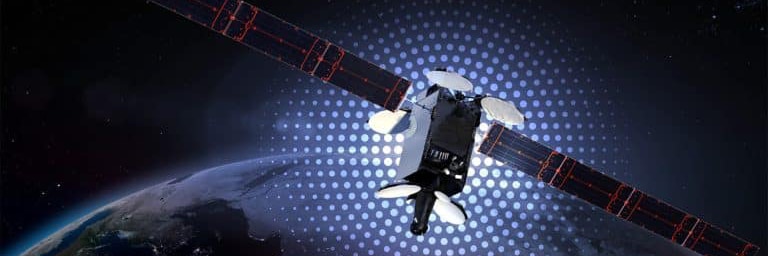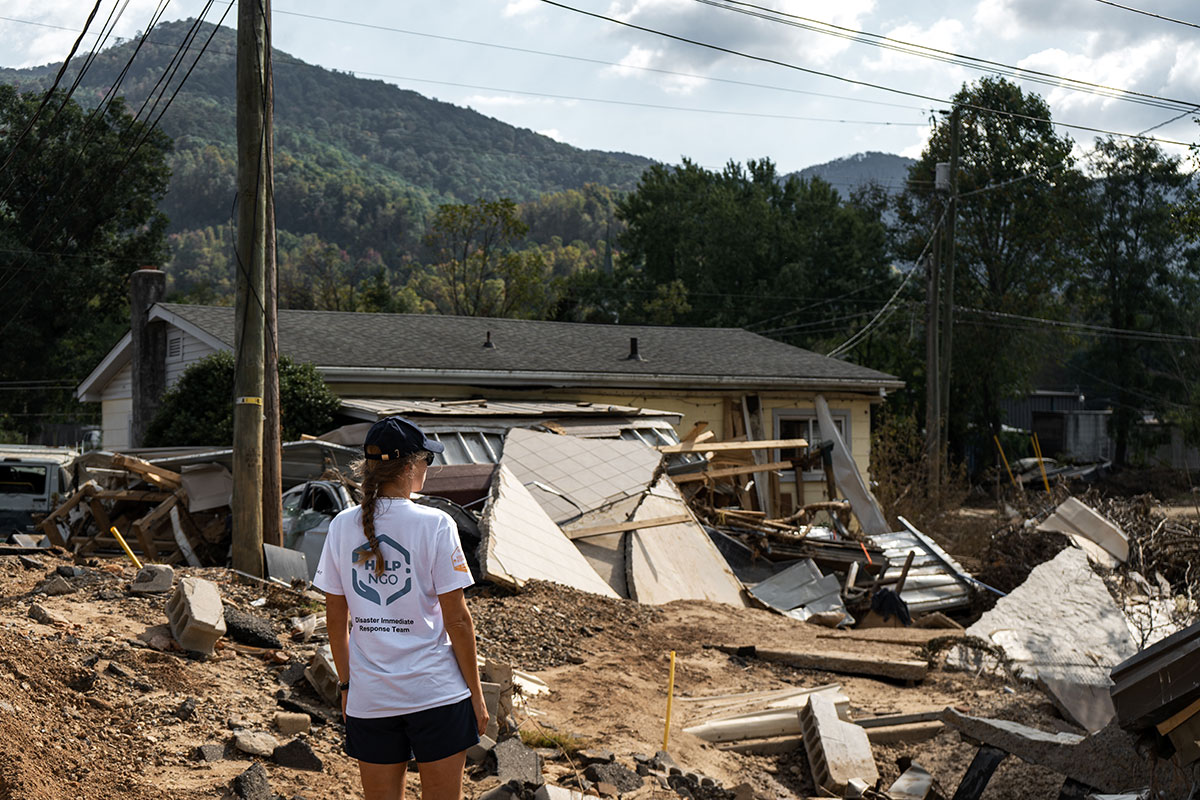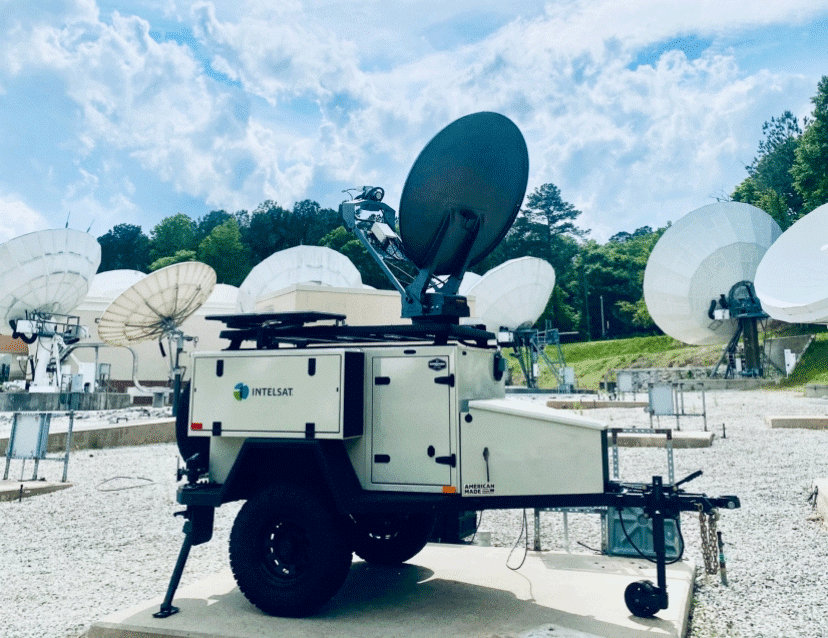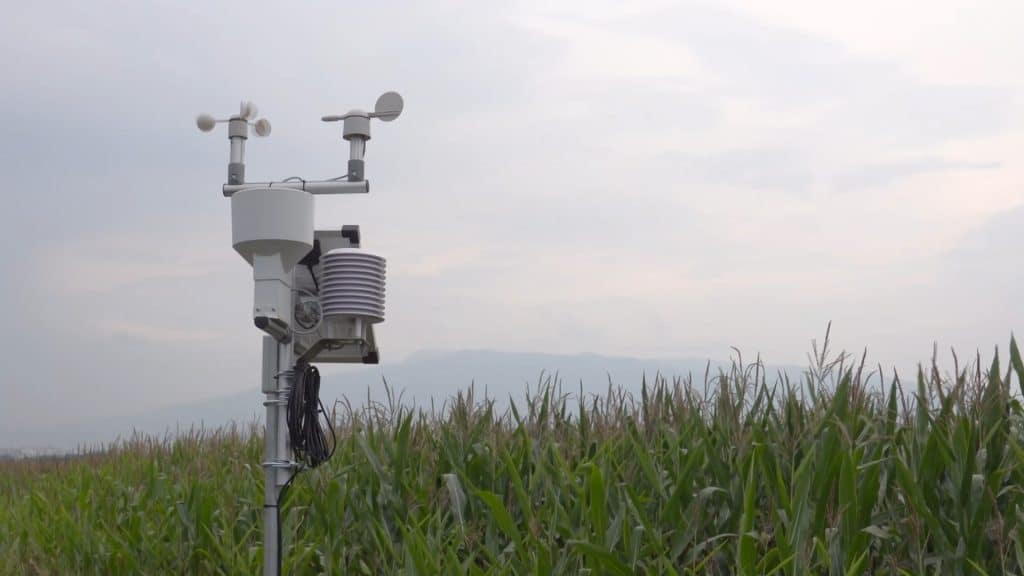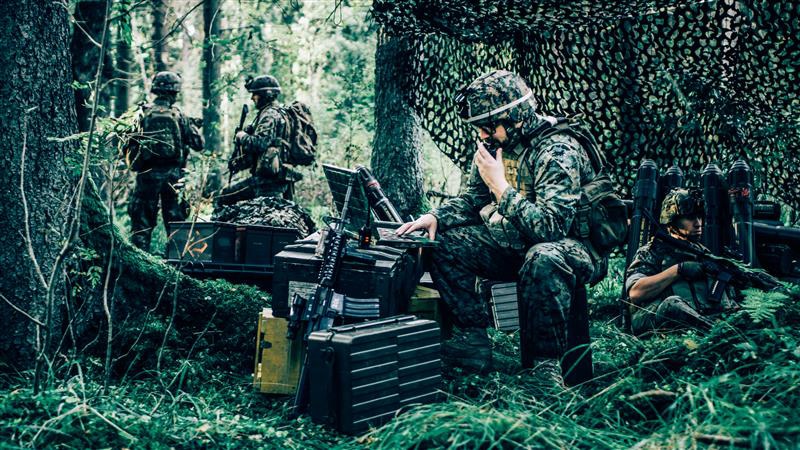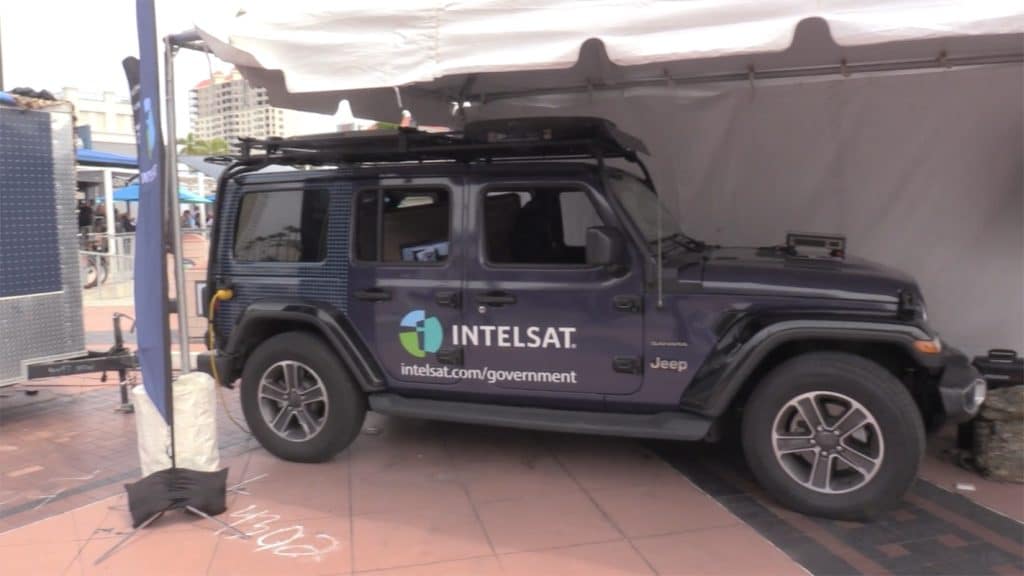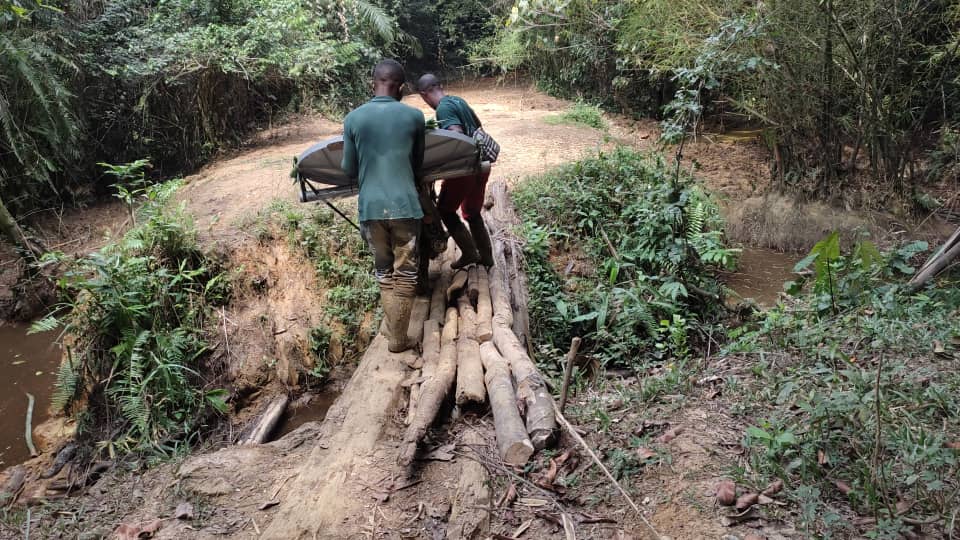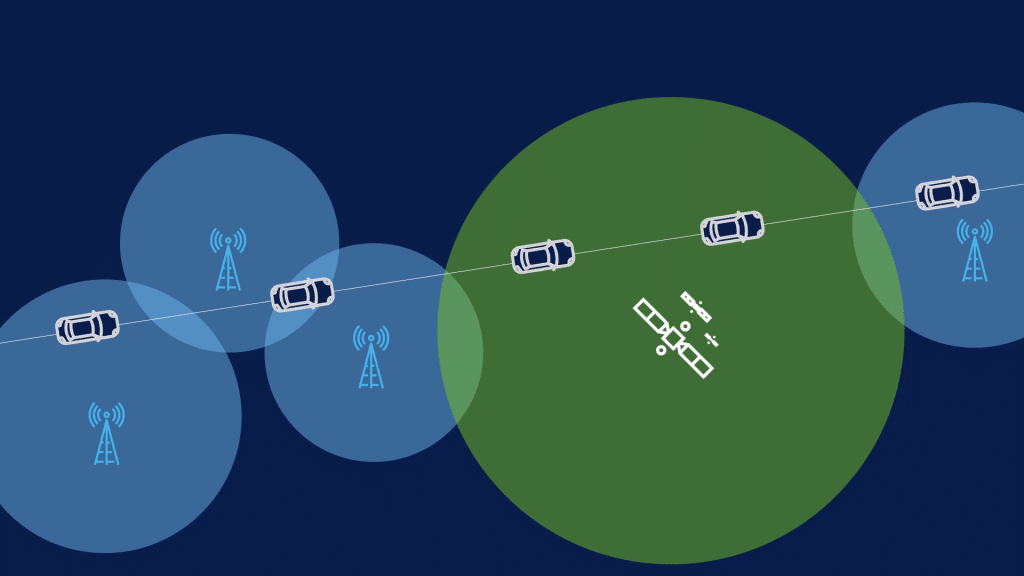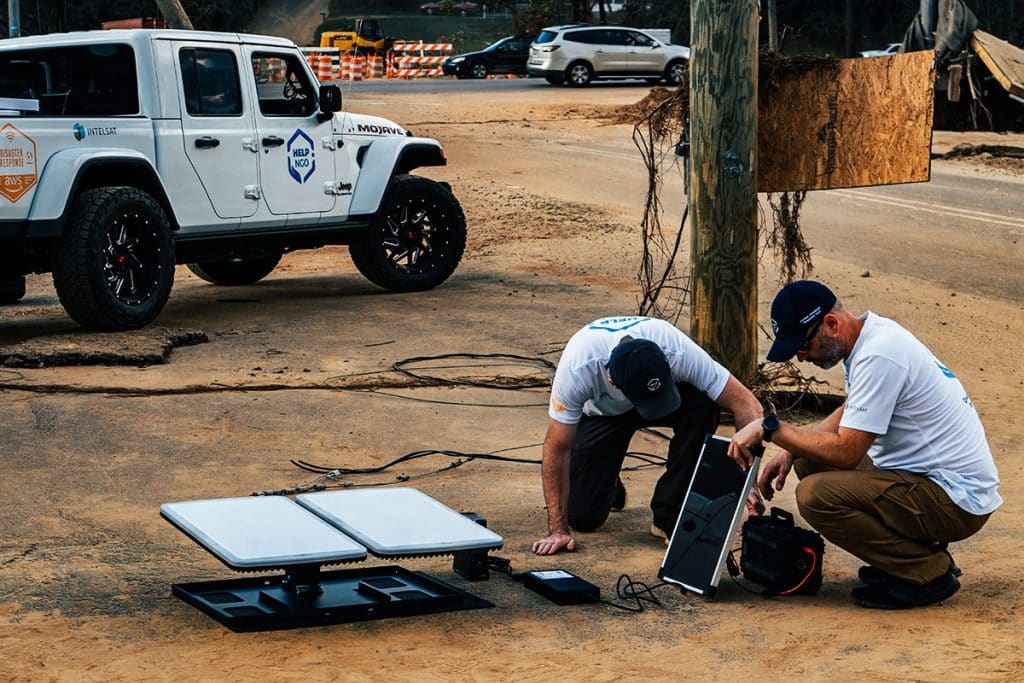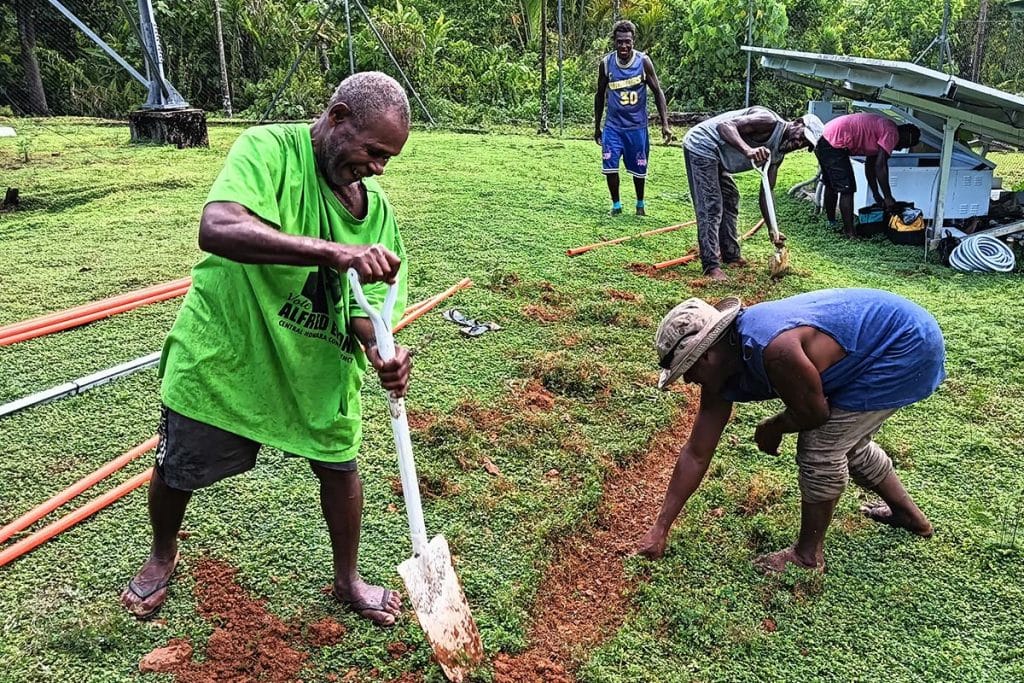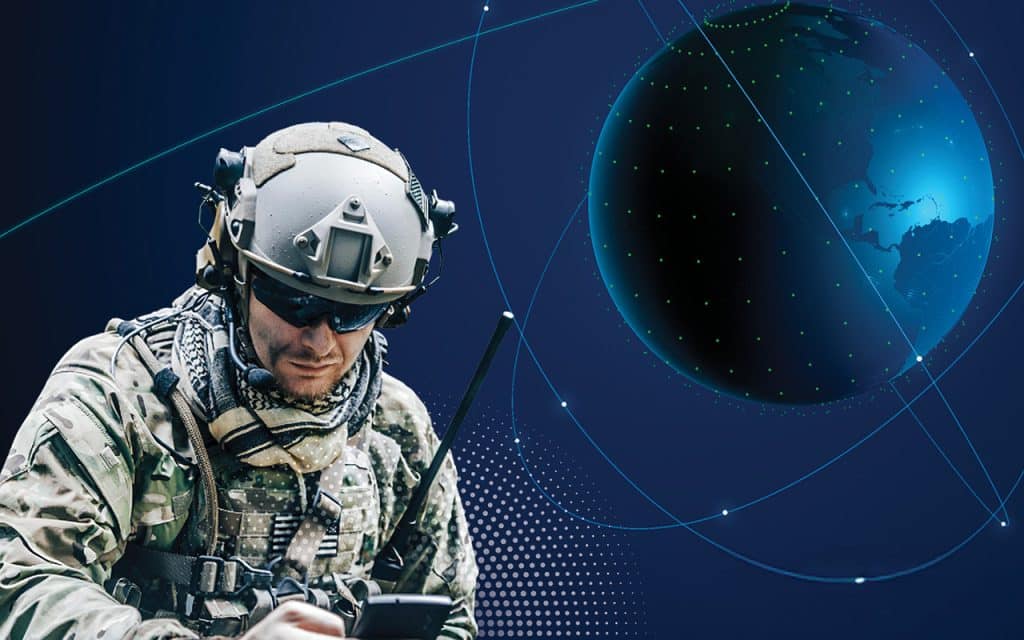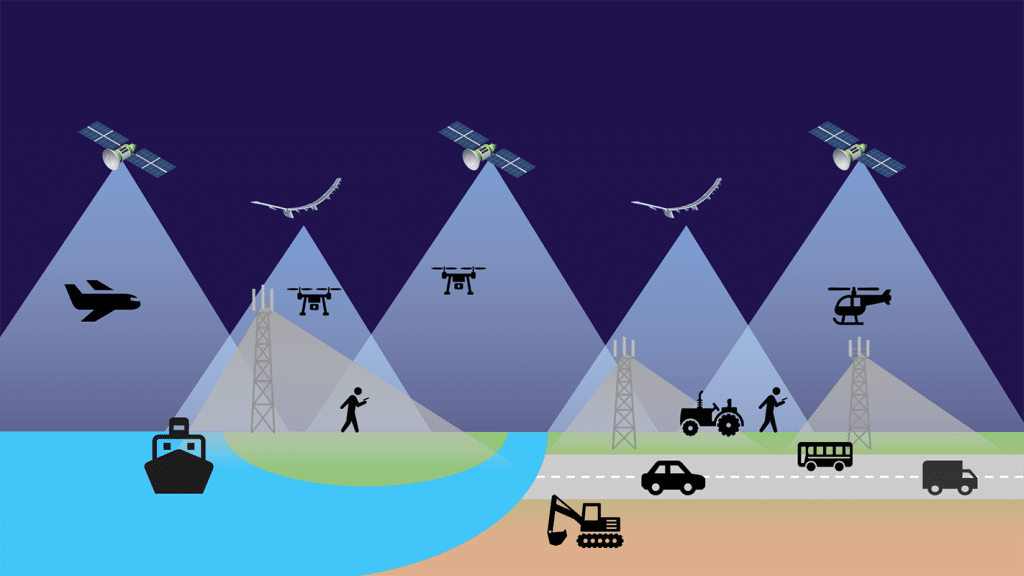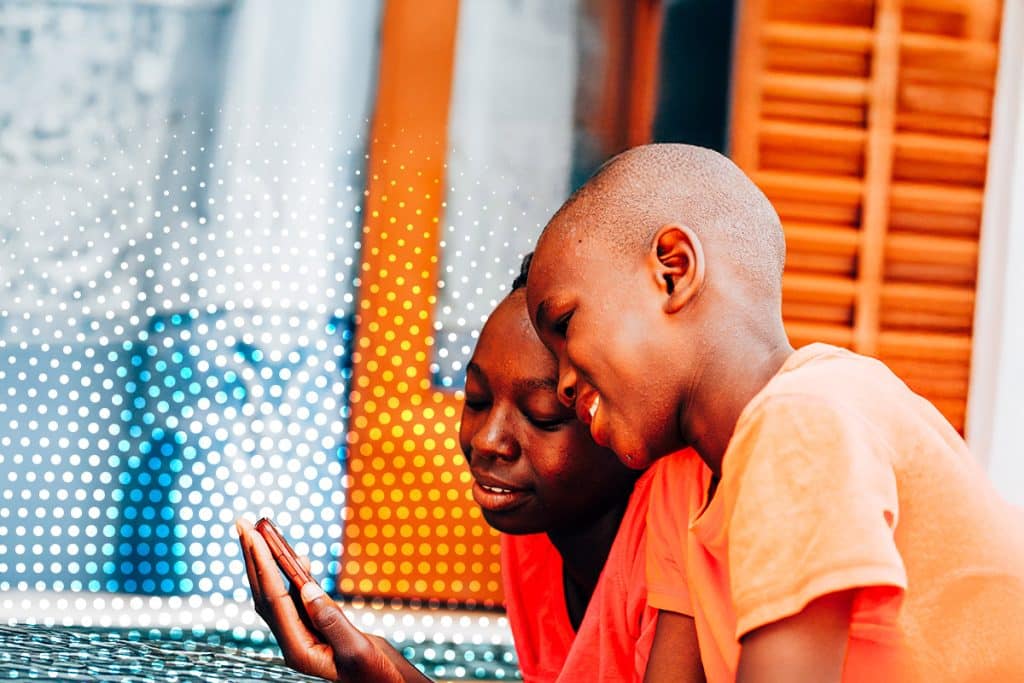Intelsat and Help.NGO Expand Rapid-Response Connectivity Capabilities Ahead of 2025 Hurricane Season
Karan Anand, Director, Product Management, Networks at Intelsat
Decade-Long Partnership Strengthens Resilience and Speed for Disaster Relief Efforts
As the 2025 hurricane season approaches, Intelsat and Help.NGO are strengthening their long-standing partnership to deliver faster, more reliable connectivity to disaster-affected communities. With over a decade of collaboration, the two organizations have supported some of the world’s most critical emergency response efforts.
Intelsat continues to enhance response times through strategic coordination before, during and after hurricane season. This year also marks the second consecutive year that Intelsat will provide multi-orbit connectivity to support Help.NGO’s disaster response operations.
Meteorologists are forecasting an above-average Atlantic hurricane season this year. AccuWeather projects between 13 to 18 named storms, including up to 10 hurricanes, 5 of which could reach major hurricane status (Category 3 or higher). As the threat of severe weather intensifies, so does the urgency to restore connectivity as quickly as possible in the wake of a crisis, where every second counts. Reliable communication networks are the lifeline that enables rescue operations, medical response, and the coordination of essential aid, making the difference between life and death in disaster zones.
A Decade of Experience, Deployed in Hours
Thanks to robust infrastructure and strategic preparedness, Intelsat and Help.NGO maintain satellite terminals on standby for rapid deployment across key disaster-prone regions worldwide. This significantly reduces the response timeline, from the moment an emergency strikes to when connectivity is live on the ground.
The terminals feature intuitive, autonomous operation capabilities. Responders no longer need to wait for VSAT specialists to arrive; non-technical emergency teams can deploy and use the “plug and play” technology immediately, saving critical hours during initial disaster response.
Real-World Impact: Hurricanes Helene and Milton
The partnership’s capabilities were put to the test during back-to-back hurricanes Helene and Milton, which devastated the southeastern United States in late 2024. Widespread power outages, cellular disruptions, and blocked roads left communities in Florida, Georgia, and North Carolina isolated from vital communication channels.
Help.NGO teams were among the first responders to deploy, relying on Intelsat’s multi-orbit satellite network to reestablish connectivity across affected zones. Using sophisticated hybrid approach—geostationary (GEO) satellites for broad coverage and low Earth orbit (LEO) satellites via Eutelsat OneWeb for low-latency services— emergency teams maintained reliable connections even in the most isolated and damaged areas.
Case Study
Restoring Critical Communications After Hurricanes Helene and Milton
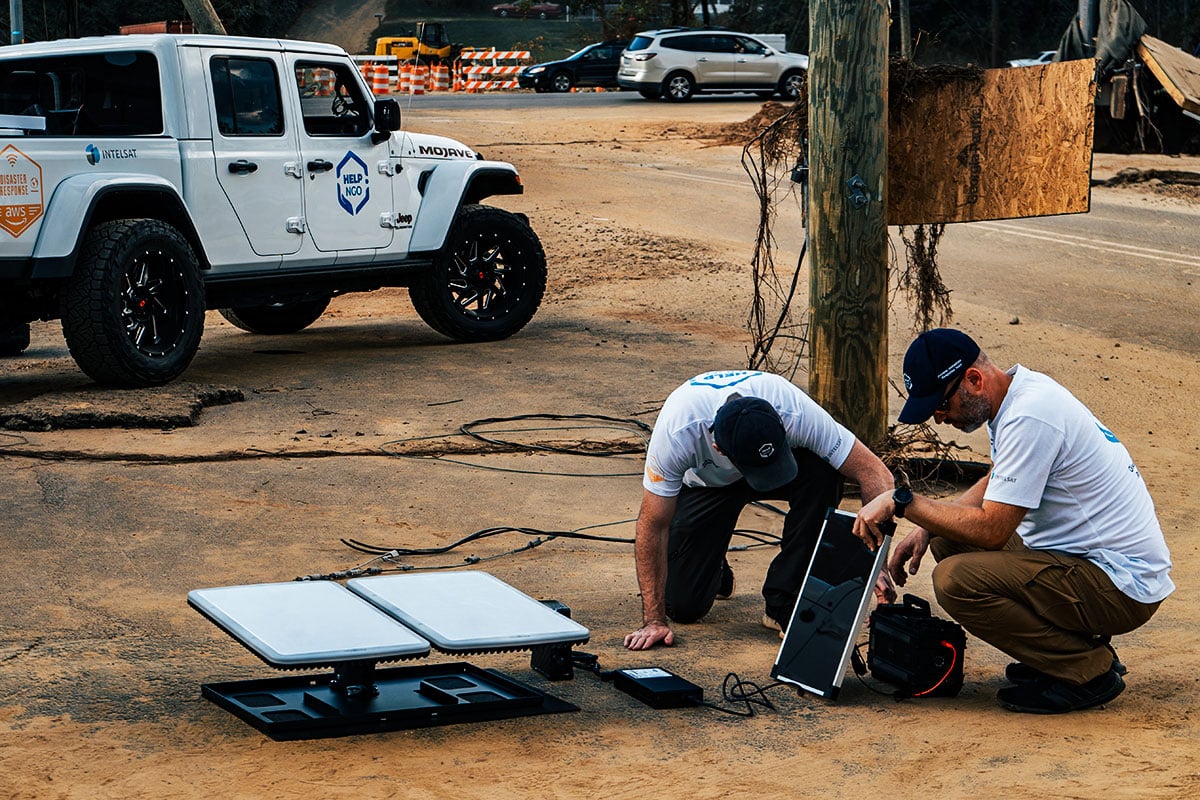
A Blueprint for the Future of Disaster Response
Looking ahead, the Intelsat-Help.NGO collaboration stands as a model for how technology and preparedness can transform emergency response. By enabling fast, autonomous deployment and dependable communications in the world’s most difficult conditions, they are setting new standards for what’s possible in humanitarian aid.
As communities worldwide brace for the 2025 hurricane season, one thing is certain: Help.NGO and Intelsat will be ready; on the ground, online and fully connected when it matters most.




